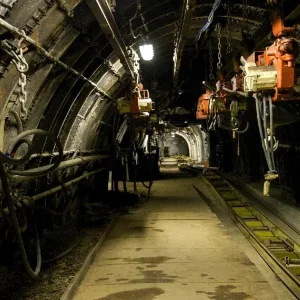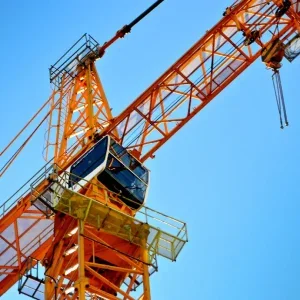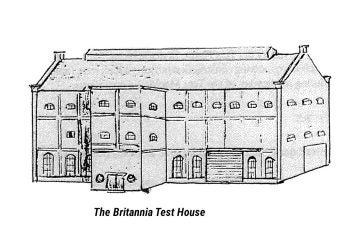
Set against Middlesbrough’s rich industrial backdrop, in the UK, the Britannia Test House stands as a significant monument to the town’s steel manufacturing legacy.
Its crucial contributions to engineering marvels, most notably the Sydney Harbour Bridge, underscores its historical and technical importance.
As the last surviving structure of the Britannia Steelworks, it stands as a proud testament to the region’s industrial and engineering heritage. Today, under the leadership of Durham Lifting, the Test House continues to thrive, adapting to contemporary demands while preserving its rich legacy.
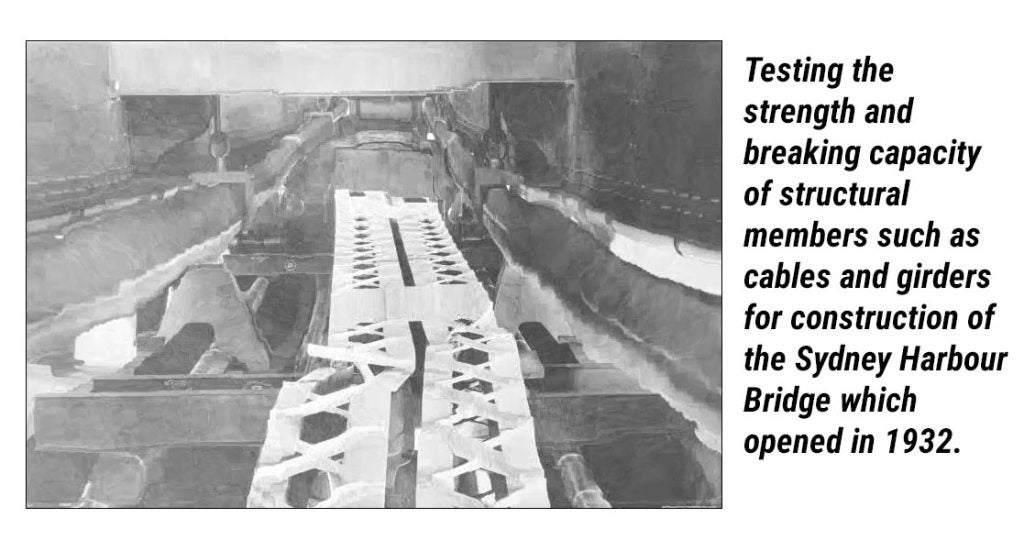
The Britannia Test House was constructed by Dorman Long in response to its contract to build the iconic Sydney Harbour Bridge. A unique clause in the contract required the company to provide a testing machine with a 1250-ton capacity, capable of stress-testing large-scale steel models. Dorman Long invested £33,250 in this endeavour, with £20,000 allocated for the testing machine and £13,250 for the building itself.
Construction began in July 1926 at the Britannia site, marking the beginning of a new era in structural engineering testing.
The building was designed to house what was then the world’s largest structural steel testing machine, created by W. & T. Avery of Birmingham. This colossal machine could handle tension or compression specimens up to 50 feet (15.24 metres) in length and 3 feet 9 inches (1.14 metres) in cross-section.
The ground floor of the Test House featured a hangar-sized room to accommodate the 120-foot-long (36.58 metres) machine, equipped with a 30-ton overhead crane for positioning specimens. This setup was not only a feat of engineering but also a logistical masterpiece, ensuring that the enormous specimens could be moved and tested with precision.
Before the arch construction of the Sydney Harbour Bridge commenced, nearly forty scale models of its steel members were tested to destruction at the Britannia Test House. These tests were crucial in verifying the design team’s calculations and ensuring the bridge’s structural integrity.
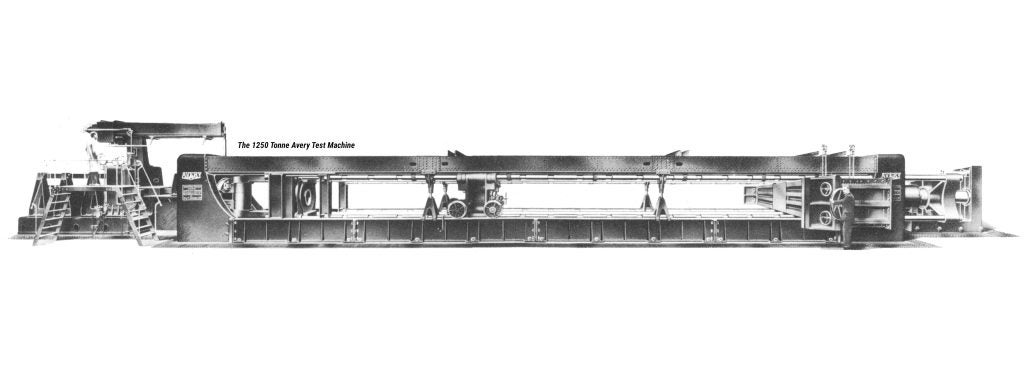
The facility also tested the erection equipment, such as wire ropes and sockets, essential for the bridge’s assembly. The precise data obtained from these tests enabled engineers to predict the performance of the steelwork under actual conditions, thereby significantly contributing to the successful completion of this iconic structure.
Following the completion of the Sydney Harbour Bridge, the Test House continued to serve various commercial clients, including the Air Ministry, Admiralty, and the War Office. During the Second World War, it played a pivotal role in numerous defence projects, providing critical testing services that supported the war effort. In the post-war era, it expanded its services to include civil aviation authorities, the Ministry of Defence, and numerous engineering firms, both domestic and international.
The Avery testing machine was modernised to operate on hydraulic oil pressure, thus enhancing its capacity to support a wide range of civil and mechanical engineering projects. This included testing materials and constructions such as concrete structures, crane and ladle hooks, and other mechanical lifting gear, ensuring their safety and reliability.
With the closure of the Britannia Steelworks in the 1970s, the logistics of specimen transportation shifted from rail to road. There were discussions about relocating the test machine to the Lackenby Works site, but the complexity and cost of such a move, along with the potential risk to the machine’s precision, prevented this.
Since the mid 1990’s, the Britannia Test House entered a new chapter when it became operated by Durham Lifting. The company, specialising in lifting equipment and testing services, took over the facility to continue its legacy of structural testing and engineering excellence.
Durham Lifting, established in 1996, has built a reputation for providing high-quality lifting equipment and comprehensive testing services. Its acquisition of the Britannia Test House has allowed the facility to expand its capabilities and maintain its status as a premier testing facility in the UK. Durham Lifting have invested significantly in upgrading the equipment and expanding the range of testing services offered.
The Britannia Test House is not merely a relic of the past but a living, breathing part of the engineering community, continually adapting and contributing to the field of structural testing. It stands as a proud symbol of Middlesbrough’s industrial heritage and a beacon of engineering excellence.
Its ongoing relevance is a testament to the foresight and ingenuity of those who established it nearly a century ago, and to the continued investment and innovation brought by its current owners, Durham Lifting, who are poised to continue its vital work well into the future.


